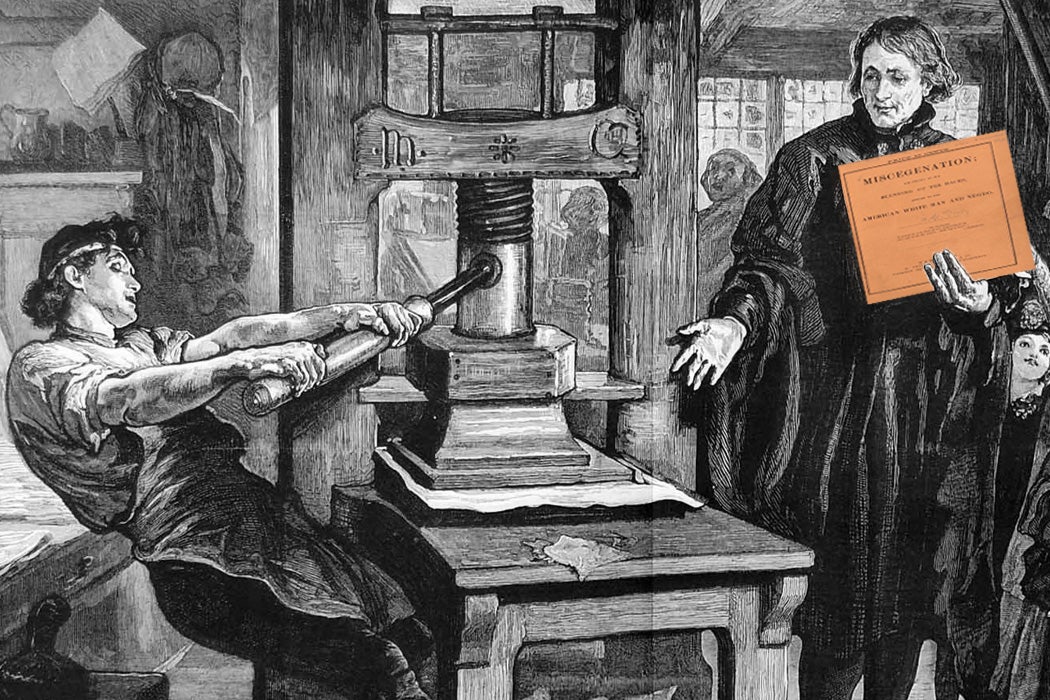Yaller Gal – The Fortnightly WordPosted in Articles, Literary/Artistic Criticism, Media Archive, United States, Women on 2019-04-12 01:18Z by Steven |
Yaller Gal – The Fortnightly Word
One of the things that keeps us from easily accessing primary sources is their language. Though documents from our past are in English, it’s often a very different creation than we know now. I enjoy discovering and understanding words almost as much as I enjoy history. From time to time, I’ll share one of these new old words that I come across. By learning about words we no longer use, we can better understand the past.
The Word this Week is “Yaller Gal.”
I first came across this word while reading some of the slave narratives recorded in the 1930s. Here are a few of examples of how they were used:…
…The word was also used to describe varieties of grits (“yaller hominy”), cake, and even cats. In that light, it seems pretty obvious that “yaller” is “yellow” in a Southern dialect. But while yellow hominy, yellow cake and yellow cats all make sense, what is a yellow girl?
Though Mrs. Southwell’s quote above might be evidence enough, another from Texas makes it clear.
“When massa come home that evening his wife hardly say nothing to him, and he ask her what the matter and she tells him, ‘Since you asks me, I’m studying in my mind about them white young’uns of that yaller nigger wench from Baton Rouge.’ He say, ‘Now, honey, I fetched that gal just for you, because she a fine seamster.’ She say, ‘It look kind of funny they got the same kind of hair and eyes as my children and they got a nose looks like yours.’ He say, ‘Honey, you just paying attention to talk of little children that ain’t got no mind to what they say.’ She say, ‘Over in Mississippi I got a home and plenty with my daddy and I got that in my mind.’” –Mary Reynolds, Black River, Louisiana.
Plainly speaking, a “yaller girl” was a mulatto, a person of mixed-race conceived through some combination of black and white parentage.1 The four examples used above don’t go into too much detail. It was, for the time, a very understood phrase.
A yaller girl had very light skin, but was still considered nonwhite. For many enslavers, when it came to yaller girls, the more white the better. Of course, she could not be purely white, but the more white in her, the more she was wanted as a sex slave…
Read the entire article here.








